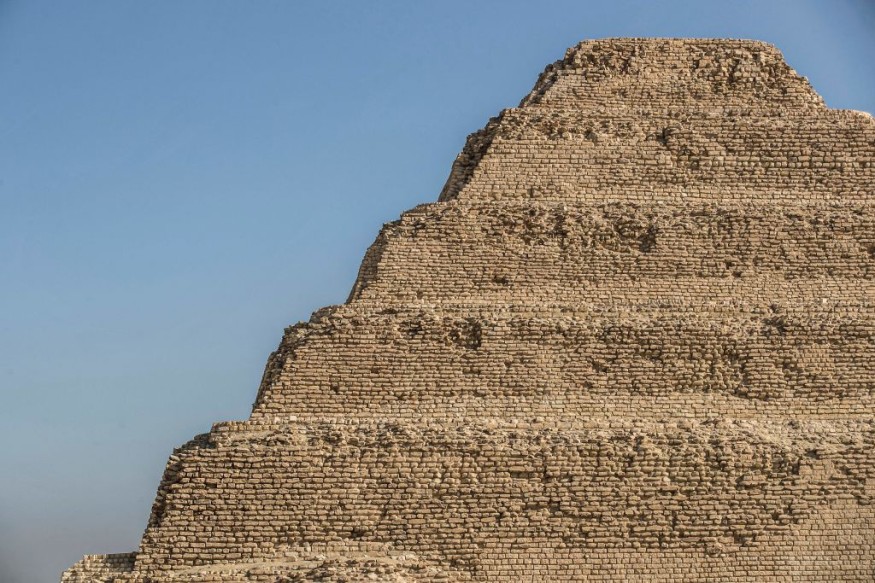
The Step Pyramid of Djoser is the oldest pyramid in Egypt, built about 4,700 years ago, and the nation's first Pyramid.
The archaeological site in the Saqqara necropolis, Egypt was built with six-stepped layers above ground and a series of tunnels below, according to LiveScience. It was the largest building of its time at a height of 204 feet (62 meters). Designed by the famous architect, Imhotep, who was later deified for his accomplishments, it was built during the Third Dynasty as the tomb for Pharaoh Djoser (sometimes spelled Zoser, though he was actually called Netjerykhet).
"Djoser is the name given to this king by New Kingdom visitors to the site over a thousand years later," Egyptologist Mark Lehner wrote in his book "The Complete Pyramids: Solving the Ancient Mysteries" (Thames & Hudson, 2008).
The Old Kingdom Monument
Tura limestones were used on a large scale as a construction material for the royal tomb, most of which is gone today. Through a series of expansions, it evolved into a 197-foot-high (60 meters) pyramid, with six layers, one built on top of the other. Without exaggeration, the Step Pyramid complex indeed constitutes a milestone in the evolution of monumental stone architecture, both in Egypt and in the world as a whole, the Egyptian Museum wrote.
However, the pyramid actually started off as a mastaba tomb. Mastaba tombs are where pharaohs were buried in earlier times, which robbers could reach by digging in from the top, Reg Clark, an Egyptologist, wrote in his book "Securing Eternity: Ancient Egyptian Tomb Protection from Prehistory to the Pyramids" (American University in Cairo Press, 2019).
According to archaeologists, the step pyramid offered enhanced protection making it almost impossible for a robber to reach the burial chamber by digging in from the top, and may have been a reason why the ancient Egyptians built it that way. Although the old monument was believed to have better protection from grave robbers, people eventually broke into it, and stole most of the burial goods, including the mummy of Djoser, which are long gone today.
According to a paper published in the Journal of the General Union of Arab Archaeologists, not every mummy was looted from the tomb. In fact, three mummies dating to the late period (ca. 712-332 B.C.) remained buried inside Djoser's burial chamber.
Other Purposes of Which the Pyramid Served
Inside the limestone walls of the 37 acres (15 hectares) complex are fake doorways and real colonnade entrances. On the north side of the pyramid (which is the complex's center) is a temple, along with a statue of the king, surrounded by a small stone structure known as a 'serdab'. Meanwhile, the south lies a great court, with an altar and stones identified as boundary markers, Lehner wrote.
A number of facade 'dummy' buildings were also built in the complex, including a series of chapels in the southeast as well as north and south pavilions on the east side - believed to have served ritual purposes.
Among all the other structures in the complex are burial chambers beneath the pyramid.
Related article : Odd Anthropomorphic Figures with Oversized Heads Found Painted in a Rock Shelter in Tanzania
© 2025 NatureWorldNews.com All rights reserved. Do not reproduce without permission.





